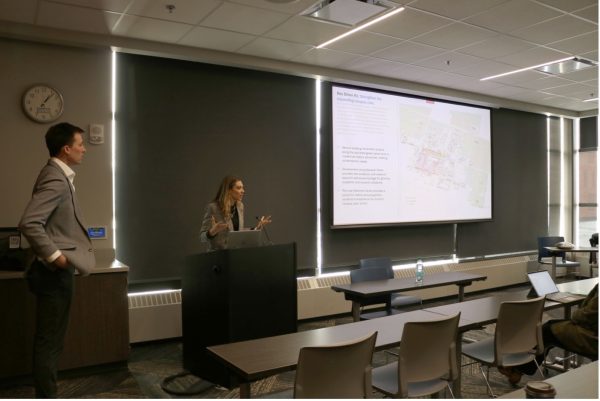The Wokini Initiative works to strengthen American Indian student success
October 16, 2019
Since South Dakota State University President Barry Dunn announced the plan in 2016, the Wokini Initiative has been thriving.
The goal of the Wokini Initiative is to increase the graduation and retention rate of American Indian students and, according to Dunn, it’s working.
Currently, South Dakota’s American Indian population makes up 10% of the total population of the state. However, only 2% of the students enrolled at SDSU are American Indian, and the graduation rate for these students is just 13%.
The initiative offers scholarships to American Indian students to encourage success and continued enrollment. In the first year of the initiative, 15 scholarships were given out. By its second year, the number increased to 22. Among the recipients, there has been an 80% retention rate, showing that the initiative is making a difference.
These numbers are “right on target,” according to President Dunn. “We knew it [reaching our goals] would be hard, but it has actually succeeded our expectations.”
Beyond awarding scholarships and increasing retention rates, the initiative has achieved and made other goals. One of these goals is the construction of the American Indian Student Center, which will have its grand opening in September 2020.
Another achievement of the initiative is a program called “SDSU 2 U,” which is run by the American Indian Student Center. This program allows students and faculty to travel to reservation high schools.
“Being able to bring that experience that initially has only been accessible here on campus, taking that out to the tribal communities has been very impactful,” said Shana Harming, the Wokini Initiative Director.
The Wokini Initiative is the first of its kind. SDSU is the first land-grant university to take the revenue from the land grant and give back to its former inhabitants.
“We can’t go back 150 years and change that,” Dunn said regarding the location of land-grant universities on American Indian land. “But we can be intentional to help the people in South Dakota. It has been a challenge to find how to serve those people.”






















